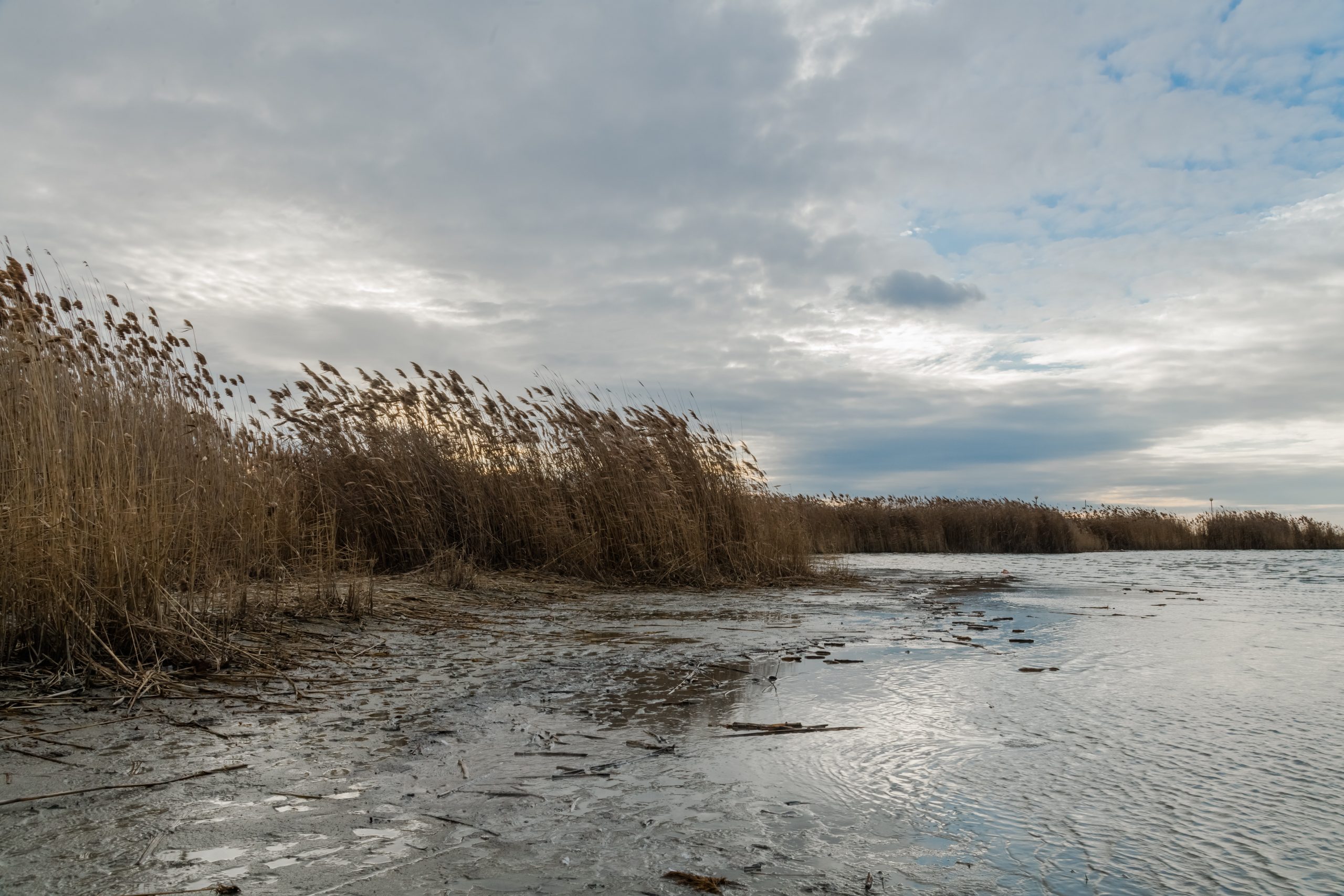
In light of the brutal rainstorm that recently hit Budapest, it is worth mentioning the City Rain project, the Hungarian capital’s rainwater management revolution, Telex reports. Developed under the conception of a “sponge city,” City Rain is currently in its preparation phase.
Budapest has been developing a solution to major flooding that can occur due to sudden downpours. The City Rain project involves a customized approach to the drainage systems of the capital’s various districts.
Viktória Soós, a member of the project’s communications team, explained to Telex that in the plan’s current, preparation phase, analyses of vulnerability and measurements are being conducted, impacted groups are being negotiated with, demonstration sites are being selected, and permits are being accessed.
Fact
According to Wikipedia, a sponge city is a new conception around urban planning targeted at flood management, intended to strengthen ecological infrastructure and drainage systems. While traditional approaches to water management have focused on distancing rainwater from the city as soon as possible, the sponge city approach repurposes rainwater to help protect the city’s ecologically sensitive areas, natural vegetation, aquatic life, and maintain the storage capacity of ecological patches.
Sponge city developments in three Budapest districts
The next step will involve various developments in three of Budapest’s 23 districts. In the seventh district, a decentralized water retention system will be set up, focusing on effectively redirecting rain from rooftops, setting up rainwater catchers, and putting that accumulated rainwater to use. Rainwater collection systems will also be set up in public buildings and residential areas, with the water available for irrigation, cleaning roads, and even flushing toilets.
Related article
Lake Balaton Water Level Concerningly Low but Not Yet Critical
"The lake has a natural water level fluctuation of 40-50 centimeters, which the ecosystem can easily cope with, but we interfere by over-regulating. Over-stabilization is not good for the natural processes," the General Directorate of Water Management (OVF) said.Continue reading
The seventh district already uses around five to six thousand cubic meters of water a year to water trees and keep the streets clean, so a more sustainable irrigation system will certainly be welcome.
In the twelfth district, underground containers and cisterns will be placed, an addition to the large water catching network set up from Normafa to Győri Street. In order to effectively reduce the impact of rainfall, such underground tanks will be built in the more elevated parts of the catchment as well, making irrigation more accessible.
University of Technology and Economics assists in sustainability
The Budapest University of Technology and Economics has helped the city install a rain gauge on the roof of the Svábhegy nursery, as well as a rainwater magnitude measurement device in a waterway.
In the 18th District, a gravel turf parking lot is being constructed in a residential area, reducing surface stormwater run-off and improving biodiversity. Gravel turf is considered an especially suitable environmentally friendly solution to parking areas, which can be mixed with recycled materials, natural gravel, soil, and compost in specified quantities.
Related article
Lake Velence Replenished from Reservoir
The spokesperson added, however, that the level of the popular resort was still too low compared with the usual 130cm for the season, adding that hopefully rainfall in the spring would help to rectify the situation.Continue reading
The other demonstration area of the project is in a place of lower elevation, where stormwater collection and drainage outlets will be installed. The district has also envisaged the introduction of tree trenches, an underground filtration from a stormwater ditch which, on the surface, appears as a series of trees.
Featured photo illustration by Zoltán Máthé/MTI


